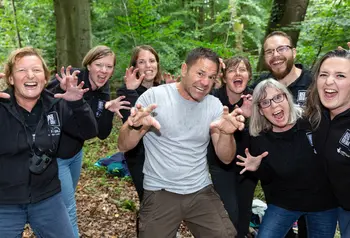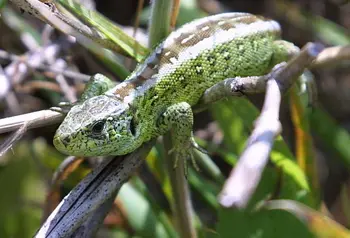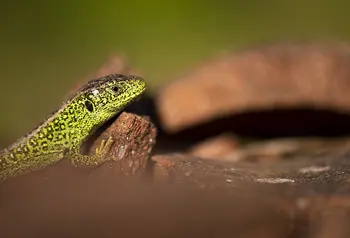Bringing England’s species Back from the Brink of extinction
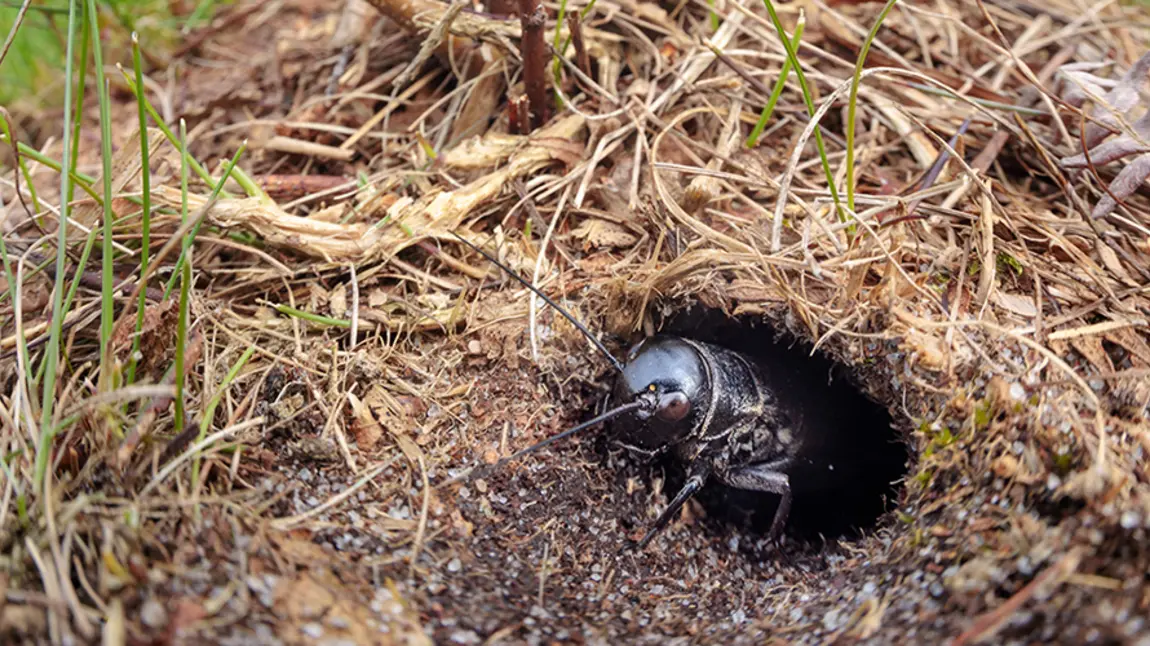
In March 2017, the Back from the Brink programme received a £4.6million National Lottery investment. Since then, its eight partners have dramatically improved the prospects of some of England’s most at risk nature and wildlife.
The programme has generated greater public awareness and set a blueprint for collaborative conservation. We look back at some of its key achievements.
Working together to support species recovery across England
Eight partners and over 100 organisations integrated their conservation efforts for Back from the Brink. They worked over 150 locations across England, including the Dorset heaths, North Downs, Cotswolds, Breckland, Rockingham Forest, Dearne Valley, Sefton Coast and the Yorkshire Wolds.
Together they have supported 83 priority species to make progress along their ‘species recovery curves’, improving their conservation status and future prospects.
Together they have supported 83 priority species to make progress along their ‘species recovery curves’, improving their conservation status and future prospects.
More than 180 million people had opportunities to see this work, with 59,000 directly engaged. Over 10,000 learnt skills and there were nearly 4,000 volunteers.
Drew Bennellick, Head of Land and Nature Policy at The National Lottery Heritage Fund, said: “Back from the Brink was a hugely significant project that has succeeded on so many levels – not only in saving species from extinction but in preserving precious habitats and building strong partnerships that will hopefully see this work go from strength to strength.
“We are proud to have been involved.”
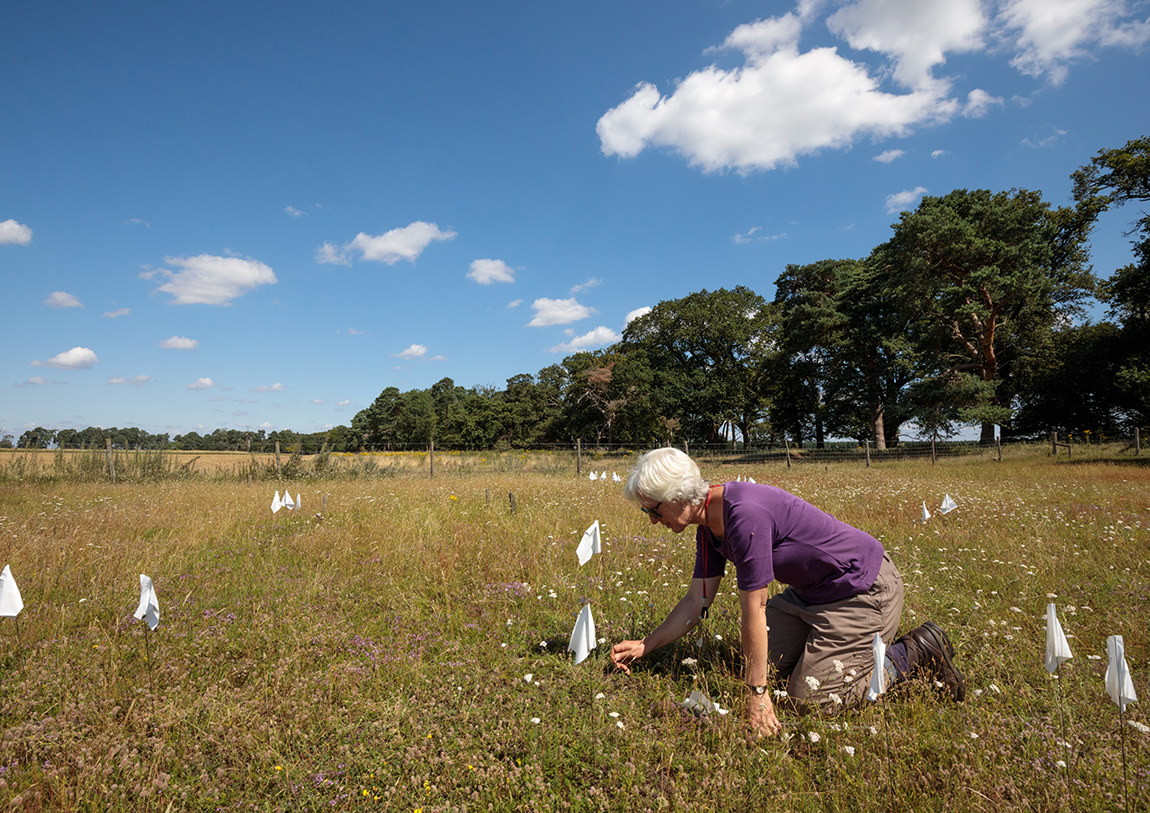
Five programme highlights
The vast programme was made up of 19 projects, outlined in full on Back from the Brink’s website. We have picked five to share.
Roots of Rockingham
The Chequered skipper was successfully reintroduced to Rockingham Forest in 2018, with the first sighting of an English-born adult in 2019.
Dorset’s Heathland Heart
400 patches of heathland microhabitat have been created or restored at 13 sites across the Dorset Heaths. Populations of Marsh Clubmoss, Yellow Centaury, Pale Dog Violet, Pennyroyal, Lesser Butterfly Orchid and Southern Damselfly have increased.
Gems in the Dunes
Key partners and landowners worked along the Sefton Coast to carry out habitat management, boosting Natterjacks, Sand Lizards and Northern Dune Tiger Beetles.
Shifting Sands
Habitats have been restored across 12 key sites in the Brecks. 4.5km of forest rides have been widened and disturbed to increase biodiversity and 110 individual rare plants have been reintroduced.
Twelve rare species boosted
Twelve single species projects supported the Barberry carpet moth, Black-tailed godwit, Cornish path moss, Field cricket, Grey long-eared bat, Ladybird spider, Lesser butterfly orchid, Little whirlpool ramshorn snail, Narrow-headed ant, Pine martin, Shrill carder bee and the Willow tit.

Leaving a legacy
Back from the Brink was recognised for its work with a Best Heritage Project Award in the 25th Birthday National Lottery Awards.
The programme’s legacy includes an army of trained volunteers, a wealth of information available online and continued funded projects from some of the partner organisations.
It has paved the way for more effective collaborative working between conservation bodies.
Project partners
The Back from the Brink partners were: Natural England, Amphibian and Reptile Conservation Trust, Bat Conservation Trust, Bumblebee Conservation Trust, Buglife, Butterfly Conservation, Plantlife and the Royal Society for the Protection of Birds (RSPB).
Get funding for a nature project
Find out how you can apply for our funding for projects that support the UK’s habitats and species, and read about how we expect all projects we fund to embed environmental sustainability into their work.
